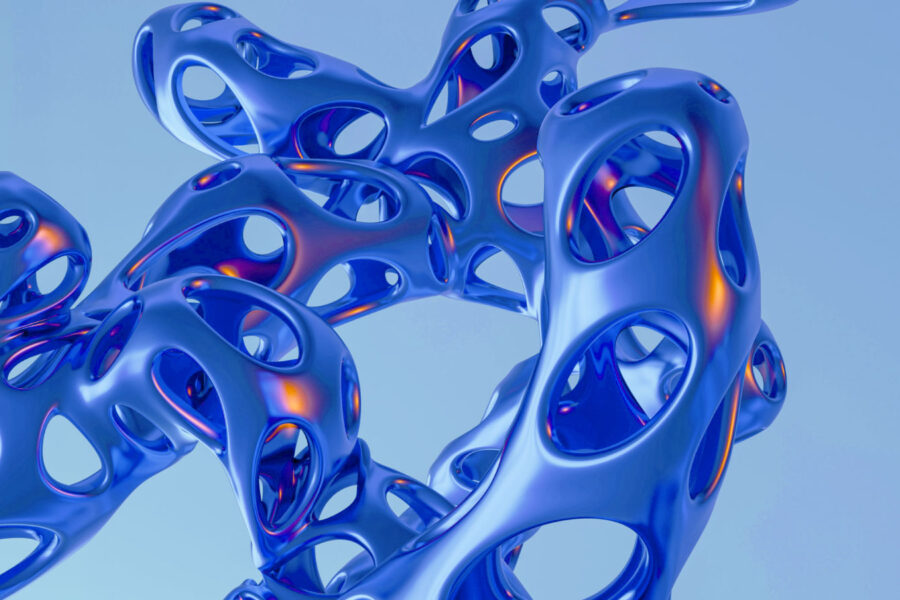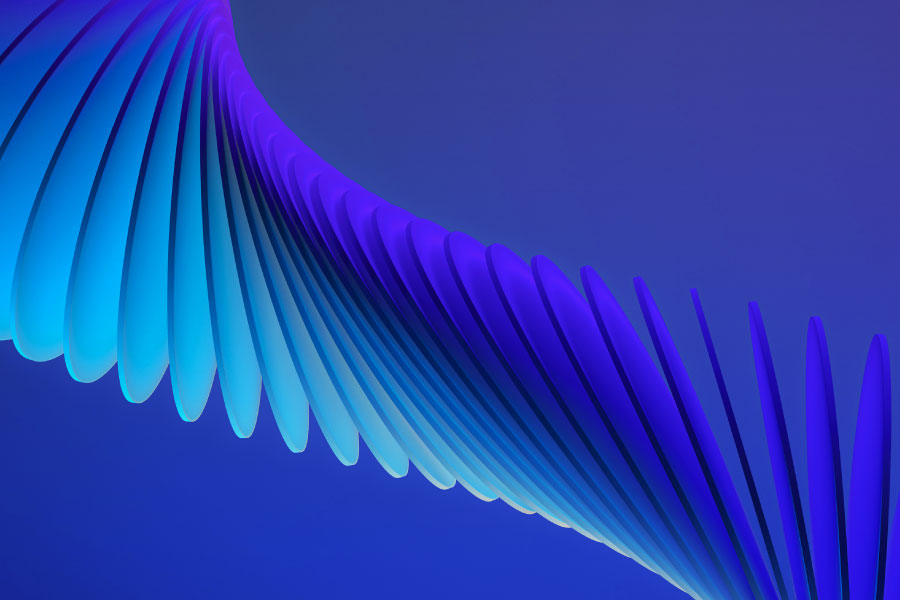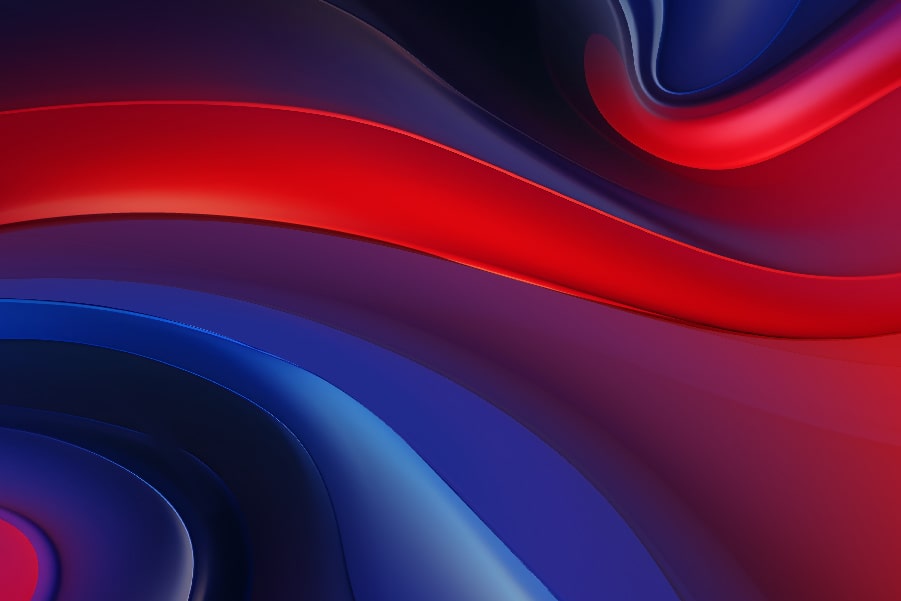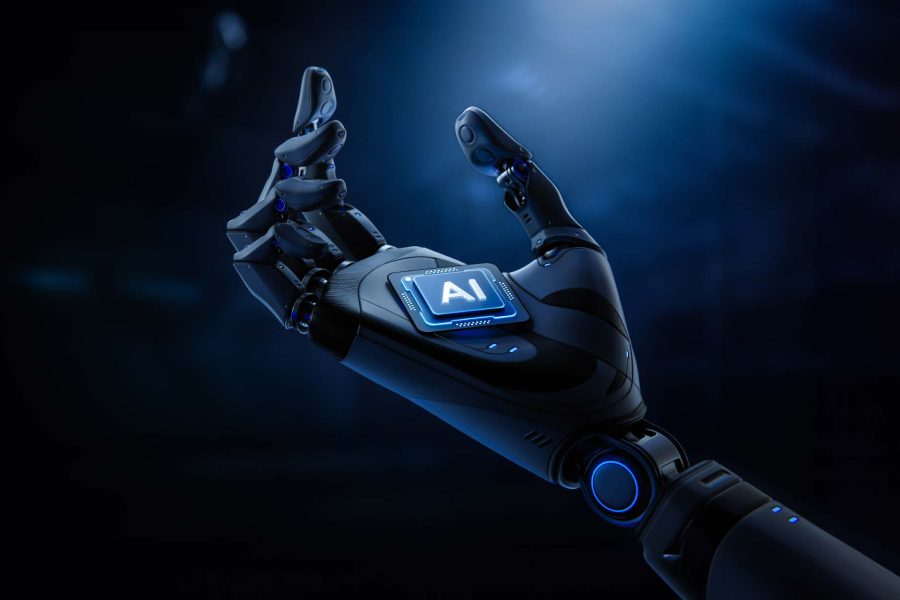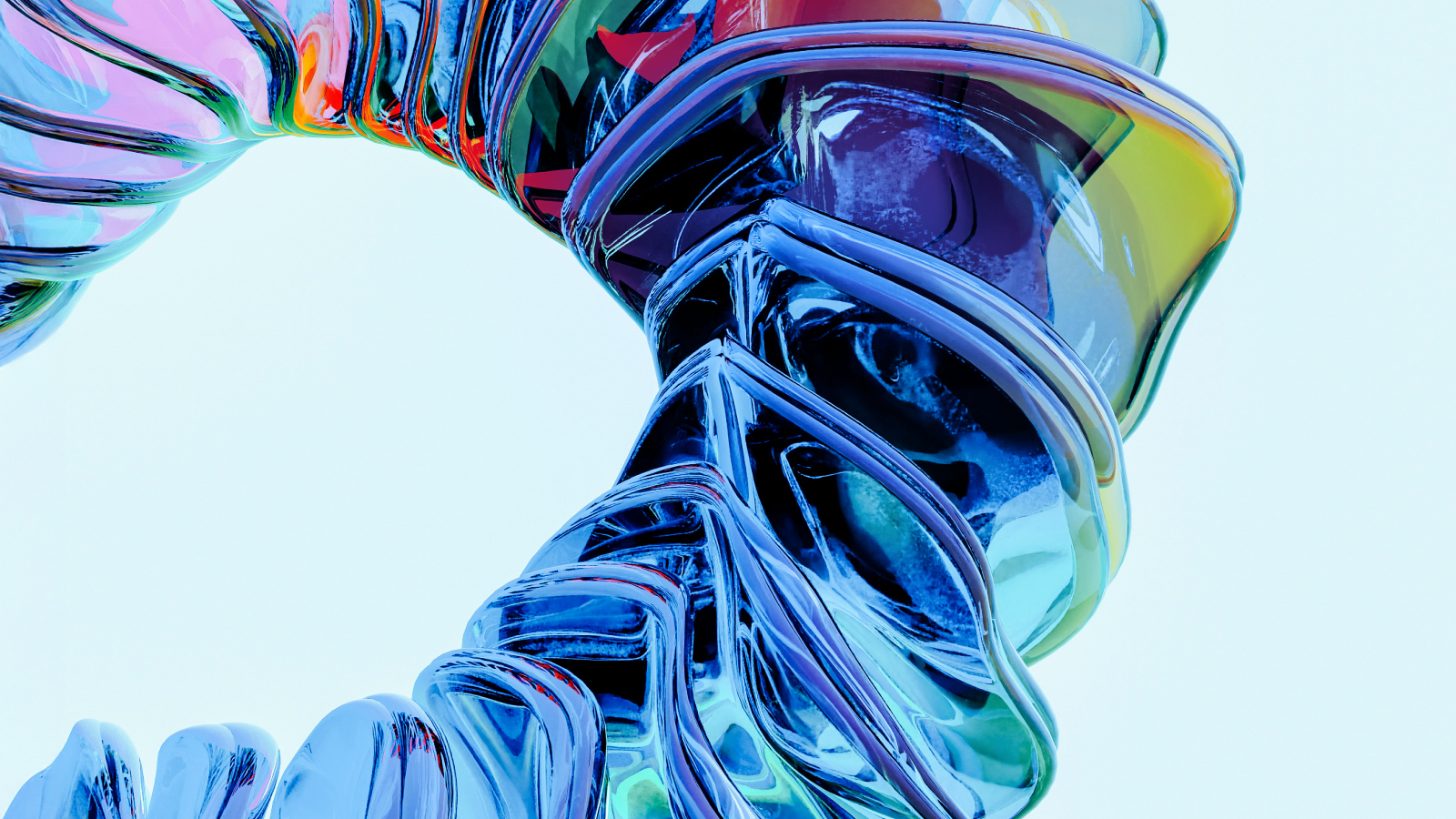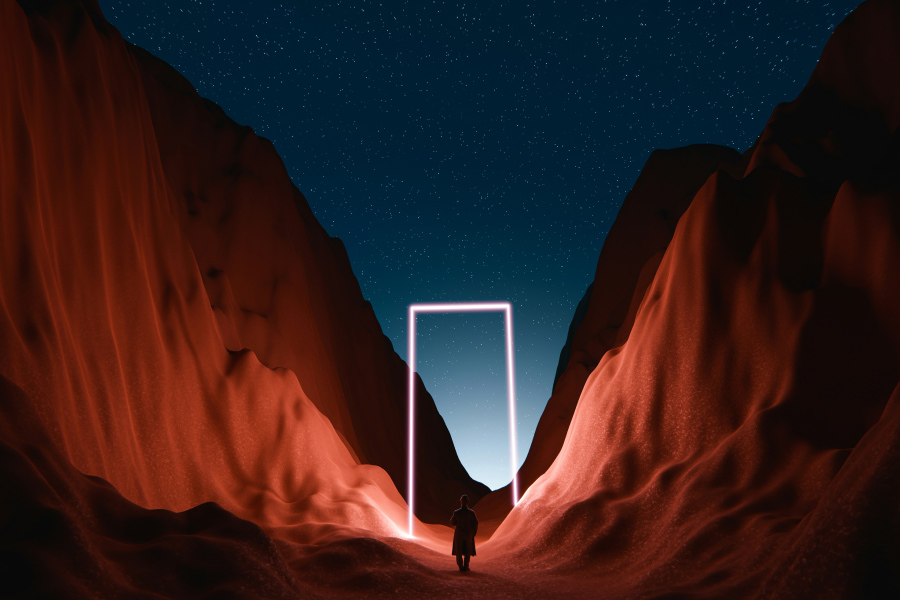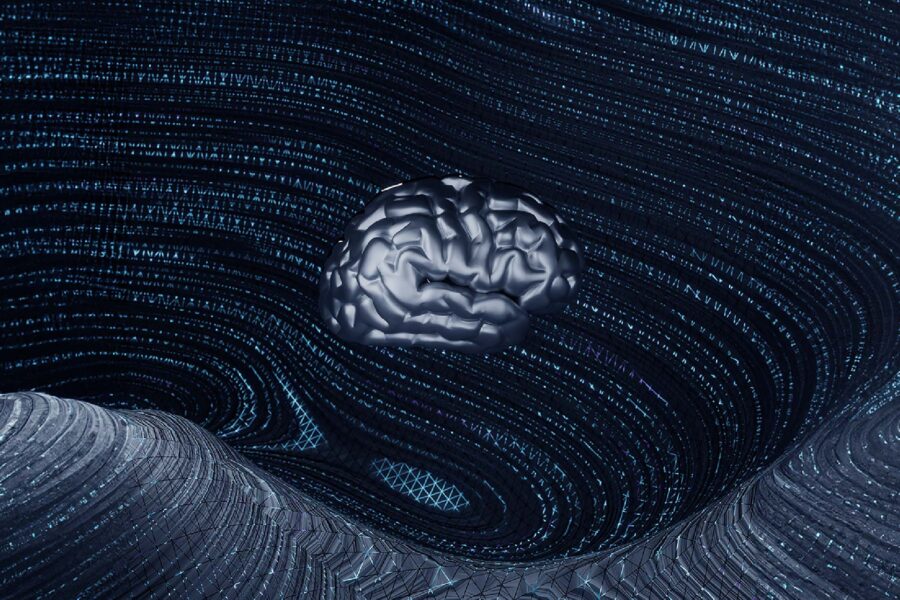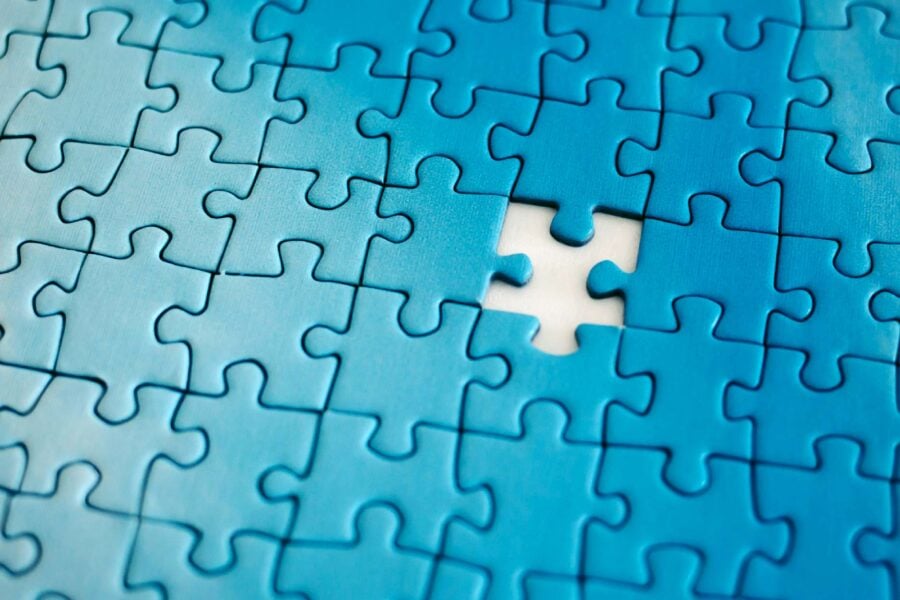“Avoid stress, as it can be life-threatening.”
This is the diagnosis that 13-year-old ‘Earth—Soranun Choochut’ received from doctors after being admitted to the hospital with severe migraine headaches.
This diagnosis not only improved the health of one boy but actually changed his life path forever.
From a kid who enjoyed programming with friends (of course that friend could be none other than our CEO, Boat—Pochara Arayakarnkul), Earth decided to shift his focus to design and has grown in this field continuously until becoming both an award-winning designer who received Best of the Best – Red Dot Design Awards in 2012 and 2020, the president of Etran, a Thai electric motorcycle company, and most recently taking on the position of Chief Experience Officer (CXO), heading the Bluebik Group’s Design & Experience business unit.
Earth says he believes in solving design problems without references, focusing on a no-nonsense work approach, designing fresh ideas, solving problems in meeting rooms right in front of clients, and most importantly, creating a fun and enjoyable atmosphere so the team can deliver the best work possible no matter what obstacles they face.
Let’s find a comfortable seat, put on some upbeat music, and let’s learn techniques for working without stress while creating super cool work like Earth.
After reading this, if anyone still works in the same old way and stays in a narrow box, beware! It could be life-threatening!
Why did you have such severe migraines at 13 years old that the doctor had to prescribe morphine?
I used to be a computer kid, competing in programming since I was young. One day I was writing programs with Boat (Pochara Arayakarnkul) at school and got a headache. At first I didn’t think much about it. I went home and even watched Star Wars with my mom before going to bed. But I woke up at 1 AM with such a terrible headache that I threw up. My mom was worried so she took me to the hospital. The doctor examined me and said I needed to be admitted because I had migraine. At that time, I didn’t even know what migraine was. I stayed in the hospital for 4 nights, and the doctor gave me morphine morning and evening. It really stopped the pain, but when the morphine wore off, the pain would come back.
It was probably so severe because when I was younger, I had a high fever that required a spinal block. My brain and nervous system had already been through trauma. When I left the hospital, the doctor wrote on my medical certificate: “Recommend avoiding stress as it could be life-threatening.”
Before that, in the guidance class, I would write in my guidance notebook that I wanted to study computer engineering, just like Boat. But after leaving the hospital, I thought, “I can’t do that anymore, it would be too stressful.” So I wondered what I should study instead, but couldn’t figure it out. Then one day, I was having dinner at a rice porridge shop at Paknam Market and met an older man who was there with his wife. While eating, they were joking around and laughing. The man put cilantro on his teeth and smiled, pretending not to notice. I thought it was funny and asked my dad what this man studied because he seemed humorous and relaxed. My dad said he studied architecture, and that his generation included people like Panya Nirunkul from Workpoint. That’s when I understood. If I wanted to study something not stressful, I should study architecture.
So I asked for my guidance notebook from the teacher and changed my answer to architecture. Then I told Boat that I wouldn’t code or compete in programming anymore, but I’d design for him instead.
So your very first design project was with Boat.
Yes, Boat competed in the games category in the programming contest. He wrote the game, and I designed the UX/UI for it, making buttons, screens, and things like that.
And what is your most recent design work?
I just reviewed the UX/UI design for a financial application in Southeast Asia. We’re currently in the process of presenting the work to the client.
From your first design work to your most recent one, how have you grown and changed?
From when I was 13 until now at 38, it’s been 25 years already. I’ve been obsessed with design, but I didn’t stop at just design. I see that everything can be designed. Maybe it’s because I studied industrial design too, which makes me a duck, being able to do everything. For example, if I’m asked to design a business model, I can do it despite not having a business degree. But because my brain has gone through creative thinking and innovative thinking, I can design anything.
For example, if I were to design a drinking glass. I need to know who my customers are, which means I must understand marketing. I need to know what the cost is and how much to sell it for, which means I must understand finance. I need to know how to make this product successful, which means I must be able to think strategically. And of course, in the end, I need to design a beautiful glass too.
From your 25 years of experience, is there any project that changed your perspective?
It was probably a 2016 project, when I worked as a consultant for the innovative lab of a bank’s subsidiary company. An executive said, “Earth, I need your help with something. Our CEO just saw an application design by a foreign company and didn’t like it at all. Can you redesign it for me quickly within 1 month? I want to present it to the CEO.”
For me, there’s no such thing as impossible. So I looked at their work and understood why the CEO didn’t like it. It looked good, but it wasn’t the style Thai people would like. Then I thought about how to finish it within 1 month, so I divided the work into parts. For the presentation part, I asked Boat to help. For the design part, I recruited about 20 people from different departments in the bank to help. We sat together in front of a 100-inch TV screen, and used my own design approach called “live design.” We designed it live so everyone could see the prototype right away and participate in designing this app together. People could point directly, saying “this should be like that” and “that should be like this,” while I controlled the computer and asked questions for others to answer and comment. We met up like this 1-2 days per week.
After finishing the design, I had to talk with the team that develop and test the app. At first, they didn’t want to work on our version because they had already done a lot on the other one. But I told them, “The CEO wants to see it. If the test result is worse, you can continue with the original one. But if it’s better, isn’t that better?” They agreed. We tested it across the country in many segments, and our design won. 60% of Thai people preferred our design.
How did this change my view? First, I learned there’s nothing I can’t do, even with limited time or resources. My job isn’t just good design but also creating smart ways to work successfully, such as the live design method, where all stakeholders help brainstormed and designed on the spot. We didn’t go the traditional route – hold a meeting, I design, and then hold another meeting to ask for feedback. When time is short, we take action right away. This became my regular process up until today. If during a presentation, a client says, “I think we should change the color,” I change it right then and there.
Another perspective that changed is that even though we need to complete projects with limited time and resources, we must never stop dreaming. It’s not that if time and resources are limited, we have to dream small. No, we still dream big, but we work smart to make it happen. This means we don’t dilute our dreams, compromise our imagination, or minimize our passion, no matter what limitations we face.
As a project owner, how did you persuade others to help despite having many limitations and obstacles?
I make people want to work with me because it’s fun. It should be like the day I chose to study architecture because that uncle stuck cilantro on his teeth. It’s super fun! People already had a stressful 7-hour workday, so when they met with me for 1 hour, they should have fun. That’s enough for me.
I can’t just order people around. I’m not that talented or smart. But there’s one thing I’m good at that others might not do as much: creating the right atmosphere. When I invite people to brainstorm together, the vibe needs to be good. So I’ll put on some dance music to create good energy. Or I’ll openly cheer people on: “Wow! That’s beautiful! Amazing!” I put my energy into creating an atmosphere that’s fun and friendly to creative thinking.
Let’s come back to the present. Why did you decide to take the CXO role at Bluebik Group?
Actually, I’ve been working with Boat since the inception of Bluebik. We’re friends, so we’ve been helping each other from the start. I’ve been around here, coming and going, because I have my own business and need to take care of my clients. So I couldn’t be here full-time. But whenever Boat called, I’d help right away. As for why I decided to work full-time this time. I think working at Bluebik will give me more opportunities to create good design for this world through Bluebik Group’s platform, which is very equipped.
You said you’ve been with Bluebik since the beginning. Don’t tell me that you’re the one who designed the Bluebik logo?
Yes, I designed the current logo.
There are several philosophies behind it, but what I like most is the font option. First, you’ll notice that the word “Bluebik” in the logo is all lowercase because I wanted us to be a humble company. I think this world needs good and humble people, and Boat is one of the best people I’ve known in my life. Second, I chose the font DB Moment by Cadson Demak because I wanted to suggest that in work, the most important thing is to stay in the present moment, to be with reality, and not to be too attached to the past.
As an CXO, what would Earth like to develop or build upon for Bluebik Group?
I studied Industrial Design which has no boundaries, plus I had a design consulting company before. So I have a lot of freedom and don’t get stuck on anything. I focus on making design absolutely outstanding. Design must be the hero, the number one priority. For example, when making slides, I put design on the first page. So I want Bluebik’s design and experience work to become more unique. Did you see Jaguar’s Copy Nothing campaign from last year? That’s exactly how I work. I never look up any references, not even my own old files. I just dive in, sketch hundreds of ideas until something emerges. I give our all to clients without needing to look for inspiration elsewhere.
Additionally, I want to develop leadership in design, meaning developing our people to become design leaders. Nobody wants to be in junior positions until they’re old, right? No matter what, they need to grow. So besides improving work quality, I’ll also develop the quality of our team members.
I’ll be straightforward. It will become more challenging. I didn’t come here to be a superstar walking the catwalk. I didn’t come for the popular vote or to be the most loved executive. I came to make changes, to improve things. So it definitely won’t be comfortable, but I promise I’ll be completely honest. If people allow me to help develop them, I’ll go all out, because people are what make an organization grow. And at the end, when designing experiences, we need to also look within our organization. We treat customers like gods, but what about our employees? Do our people have good experiences? And I don’t mean good experiences like having ping-pong tables, pool tables, or Friday beer. If that were the case, we could just buy 100 tables and drink beer all day. That’s the “what,” but we need to look at the “how.” How can we make working here meaningful for everyone? How can we make everyone love and be proud of their team and organization, and want to contribute their best work?
There’s one more thing I want to do, and I’ll gradually scale its impact, which is doing small things that we can participate in together. For example, I’m an early riser, but when I come to the office early, I don’t see anyone. It’s lonely, and the air conditioning isn’t on yet, so it’s hot. One day I made a plan to ride my motorcycle to catch the morning breeze, and I rode past my old school (Chulalongkorn University Demonstration School) to get that childhood vibes. As I was in a good mood, I went to eat rice porridge in Samyan. Then I thought, why not order some for the people at Bluebik? Maybe they’ve never tasted the original flavor, because what they order in the delivery apps isn’t the same. So I bought 10 serving for people, plus 20 pieces of fried dough from across the street. I texted on Line Group: “I don’t want to eat breakfast alone, whoever comes early can have some, maybe we can chat.” Oh my, it became a big gossip topic: “What’s going on with him? Did he win the lottery?” But for me, it was very chill because I wake up early and was planning to eat the rice porridge anyway. I just bought extra for others. It saved people money on one meal, got 10 people to sit and talk together, and gave 50 others something to gossip about. These are the small things I want to do.
You’ve been leading very directly to my other points. One question on my list – I’d like to know what makes a good leader in your opinion?
Being your own true self.
Going back to childhood, my school provided students many opportunities to do extra-curricular activities. In my year, Boat was the student president, I was the vice president, and another friend was the captain of the cheer sqaud. We often swapped these roles around among the three of us. Back then, I understood leadership as a child in that context as working hard, making things fun so people want to work with you, and putting in energy and passion.
Then when I started my own business – I’ve had my own business since sophomore year because I enjoy working and making money – leadership took on additional meanings: planning, setting direction, initiating new creative work. I just did what I understood.
Until one day I questioned myself: am I a good leader? What results should good leadership produce? All this improvising, crazy ideas, having fun, or being loud and taking initiative – is that leadership? I couldn’t answer. So I decided to study leadership. I researched until I found a session at Berkeley’s Haas Business School. There was one keyword: “authentic leadership.” What makes a good leader? Just be yourself. There’s no specific way you must be. There’s only one method – be the best version of yourself and let everyone know who you are. Don’t fake it, don’t try to be Steve Jobs because you can’t. I can only be me – Soranun Choochut.
Because I was impressed by that session, I decided to take Berkeley’s Executive Leadership course. Surprisingly, I was the first Thai person to attend – no one had studied there before me, though many have gone since. After studying, I discovered that besides authentic leadership, another topic I was interested in was communication styles, which are divided into two types: talking a lot versus asking a lot. Most people talk a lot, speak well, can talk all day, but few people are good at asking questions. Those who ask good questions can also be coaches. I like asking questions, so I took an additional executive coaching course. I’m not a life coach – my own life isn’t necessarily that great. However, in professional context, coaches are very popular in the US. After completing my executive coaching course, I understood leadership even better. As I mentioned, one of my goals is developing people. This means when working, I definitely won’t do everything myself. Instead, I’ll inspire people to want to work at 200%, and I have methods for discussing how to develop and build upon work together, without being the loudest person. You can see how studying changed my world completely.
To summarize and answer the question, what makes a good leader? I think, first, you should be yourself as much as possible, and second, you should have excellent communication skills. Because as a leader, if you stay quiet all day, don’t speak, don’t listen, don’t do anything – that doesn’t work.
For the final question, what’s the most important lesson you’ve learned from your entier professional career?
First lession: trust is extremely important for work. Let’s say we’ve trusted each other all along, but we’re dishonest with each other just once – it’s ruined, even after 10-20 years of good relationships. Trust is the biggest value for people who want to grow. Don’t lose trust, and build trust every day. Don’t let it disappear because once it’s gone, it’s hard to get back. It takes time, like a broken glass that’s been put back together, you can still see the cracks.
Second lesson: you need to be mindful and stay in the present. Sometimes when talking with others, many people are just mentally eleswhere. Please come back and be in the present first. Don’t think about old issues or connect unrelated matters. If everyone stayed in the present, the world would be very powerful. People would have the mindfulness to think creatively, work sharply, and reach their highest potential.
And the final lession is concentration. It’s very necessary in this chaotic world. We’re already distracted, using social media and messaging apps all day. Therefore, everyone should have meditation skills, which doesn’t necessarily mean Buddhist meditation. I’m not that religious myself, but find a meditation method that suits you, so you can meditate and maintain your concentration and mindfulness.
I hope these three lessons will be useful for everyone reading.
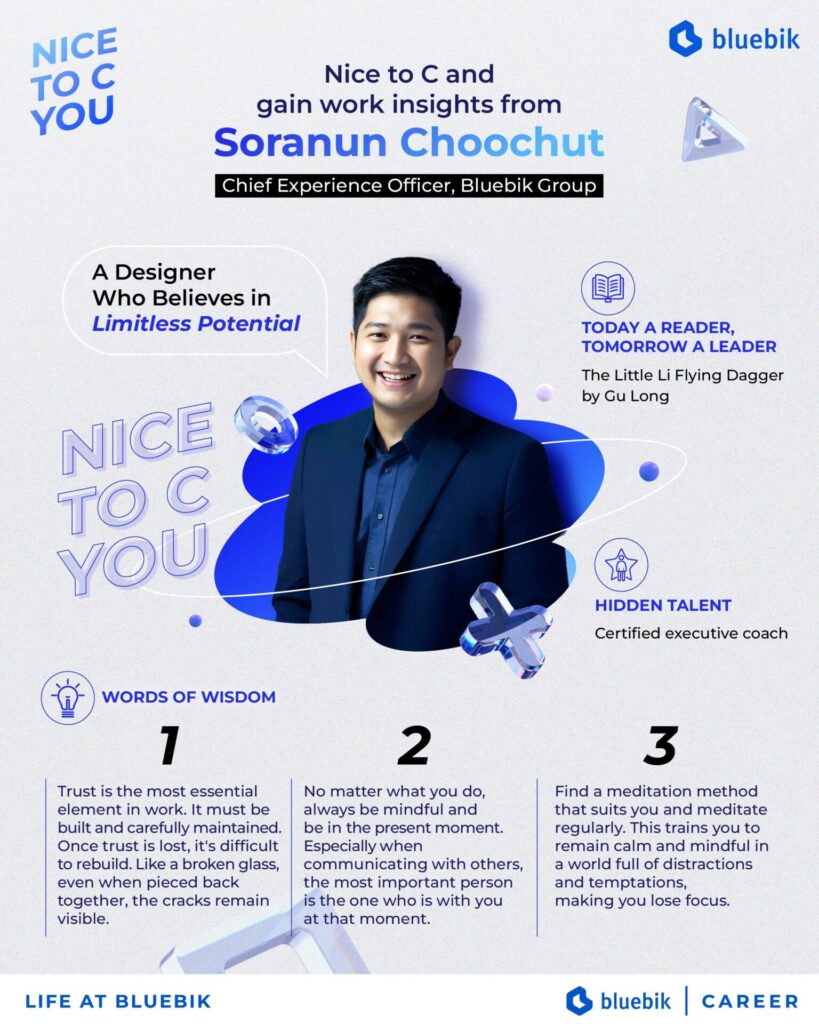
8 Fun Facts to Know Earth CXO Better
1. His favorite book is… The Little Li Flying Dagger by Gu Long because it’s full of imagination. It teaches me that I can do anything I want. If I want to fly up to the roof, I can do it! It also teaches many philosophies: gratitude, respect, nature, love, and alcohol.
2. After work in the evening, you can find Earth at… a bar or an Isan style restaurant.
3. If Earth has to ‘pick his poison,’ it’d be... tequila. If I have 3 shots, let’s meet again in 2 hours. I think good tequila with good sound and good friends is the best.
4. When it comes to pets, Earch is… team dog all the way. I have a shiba dog named Issey Miyake, or Issey for short.
5. Right now Earth wants to ride an Etran motorcycle to… Everest Base Camp. I’ve already planned everything. I want Etran to be the first electric motorcycle in the world to reach Everest. I almost went already, but I broke my leg so I had to postpone the plan. After I recover fully in a year, I’ll find time to go.
6. The thing Earh most want to redesign right now is… The customer experience of visiting temples, to reduce commercialized Buddhism and make people want to make merit, do good deeds, observe precepts, and avoid sinful actions more. Even just for a day or two would be good.
7. Earth’s unforgettable moment with Boat is… too many. We were inseparable – we were in the same classroom, played football together, and did many extra-curricular activities together. I once asked Boat to run for student council president. We came up with a campaign where we wore marigold garlands and went around saying hello to younger students throughout the entire school. But the most unforgettable moment was probably when Boat asked me to competed in programming. That changed my life forever.
8. Favorite dish that Earth’s wife, Chef Belle from MasterChef Thailand Season 5, makes is… candle-smoked coconut ice cream, served with gin infused with Thai herbs. It’s really delicious. (Writer’s note: If anyone wants to try it, you can find it at MIA: Made In Ari!)



